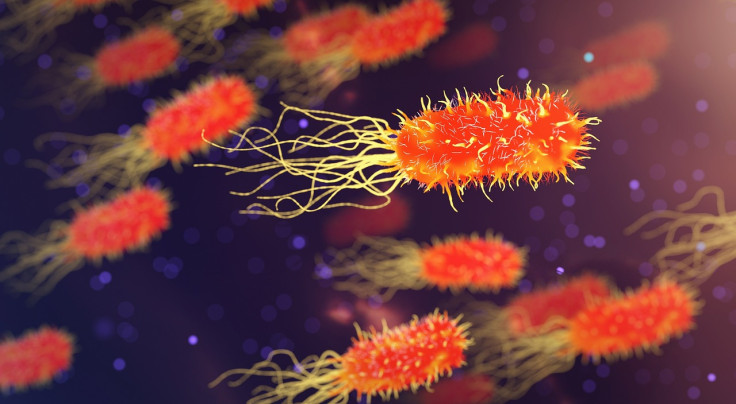
Five countries in east and southern Africa are witnessing anthrax outbreaks, with more than 1,100 suspected cases and 20 related deaths reported this year, WHO revealed Monday.
Anthrax is a serious bacterial infection caused by Bacillus anthracis that occurs naturally in soil. It typically affects domestic and wild animals. Humans can contract the infection through infected animals or contaminated animal products.
"A total of 1,166 suspected and 37 confirmed cases have been recorded in Kenya, Malawi, Uganda, Zambia and Zimbabwe – where the disease is endemic, with seasonal outbreaks every year," WHO said in a news release.
Zambia is the most affected, with nine of its 10 provinces reporting infections. A total of 684 suspected cases, 25 confirmed cases, and four deaths were reported in the country's largest outbreak since 2011.
The pattern of occurrence and deaths from anthrax infection has affected each country differently. In Kenya, three deaths were reported this year in comparison to zero fatalities last year. In Malawi, where the disease is endemic in animals, the first ever human case was reported this year. Human anthrax cases have also been reported in Uganda, where fatality spiked (from two last year to 13) this year. Officials attribute the high case fatality ratio to late reporting to health facilities. In Zimbabwe, every year since 2019, human cases have been reported, emphasizing the need for stronger preventive measures in the country, officials said.
"The outbreaks are likely being driven by multiple factors, including climatic shocks, food insecurity, low-risk perception, and exposure to the disease through handling the meat of infected animals," the news release read.
"To end these outbreaks we must break the cycle of infection by first preventing the disease in animals. We are supporting the ongoing national outbreak control efforts by providing expertise as well as reinforcing collaboration with partner agencies for a common approach to safeguard human and animal health," said Dr. Matshidiso Moeti, WHO regional director for Africa.
Signs of anthrax infection
Symptoms of anthrax depend on the type of infection. People with cutaneous anthrax may have symptoms such as painless sores, small blisters or bumps and swelling around it, while those with inhalation anthrax may develop fever, chills, shortness of breath, cough, headache and confusion. For gastrointestinal anthrax, people may develop nausea, vomiting, diarrhea, fever, chills, stomach pain and swelling of the abdomen. The symptoms of injection anthrax are similar to those of cutaneous anthrax, but the former is harder to treat and spreads faster.
Risk factors
Anthrax typically does not spread from person to person. However, such type of transmission has been reported rarely in cases of cutaneous anthrax, where discharges from skin lesions can be infectious.
People who handle livestock and animal products are at an increased risk of exposure. Mail handlers, response workers and military personnel may get exposed to the bacteria when they are used for bioterrorist attacks.
The bacteria that cause anthrax are common in agricultural regions of Central and South America, Sub-Saharan Africa, Central and southwestern Asia, Southern and Eastern Europe, and the Caribbean. Travelers who visit the areas can contract the infection from undercooked meat or while handling infected animals.
Prevention
There is a vaccine for preventing anthrax, but it is advised only for people who are at high risk of exposure, such as some members of the military and laboratory workers.
Travelers who visit areas known to have outbreaks in animals are advised not to eat raw or undercooked meat and avoid contact with livestock, animal products and animal carcasses.
Imported animal hides are also a source of anthrax transmission as they may contain anthrax spores. Using animal hides from the U.S. and those with an international veterinary certificate showing appropriate government inspection will help prevent transmission.







